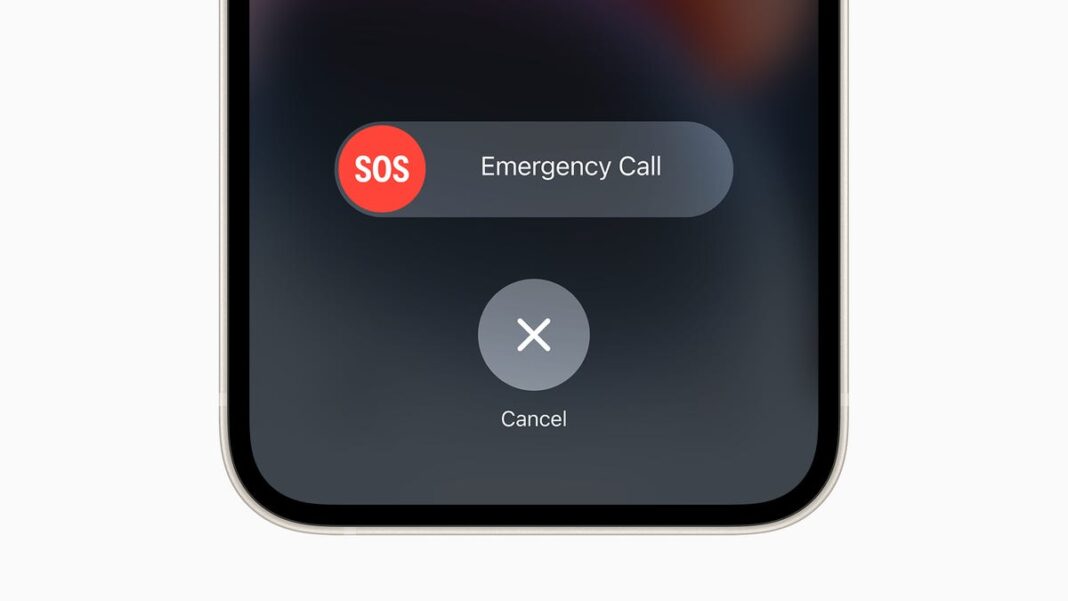What does ‘SOS’ stand for? The origin of the term at sea and its role in our daily lives.
“S-O-S please, someone help me/It’s not healthy for me to feel this.”
“So when you’re near me darling/Can’t you hear me, S.O.S?”
Artists like Rihanna and ABBA have had hits featuring it. SZA even released an entire album titled after it. We often use it in our messages and everyday language. So, what really does “SOS” mean? Here’s a complete breakdown of its meaning, its maritime roots, and how your iPhone uses it to help keep you safe.
What is the meaning of ‘SOS’?
While many believe “SOS” stands for “save our souls” or “save our ship,” it does not actually represent any phrase. Instead, SOS is recognized as a Morse Code distress signal.
Morse Code, developed by Samuel F.B. Morse in the 1830s and refined into the more straightforward International Morse Code in 1851, utilizes a combination of dots, dashes, and spaces to convey letters and numbers.
The original distress signal was CQD, interpreted as “seeking you, distress” or “all stations, distress,” widely adopted by the British. Meanwhile, the Germans used SOE, and Americans referred to NC for “call for help without delay.”
A significant 1906 International Telegraphic Radio Conference recommended the simpler SOS signal; its unique sequence of dots and dashes made it easier to use.
You can see the distinction:
- CQD: -.-./–.-/-..
- SOS: …/—/…
SOS was first used in the U.S. in 1909 by the Arapahoe ship and became prominent during the Titanic disaster, which led to its official adoption in the U.S. Following this, current U.S. maritime operations now use the Global Maritime Distress and Safety System for signals.
Terms like “save our souls” and “save our ship” originated later, gaining traction outside maritime contexts.
In modern slang, SOS can express urgency or a need for help in day-to-day communication:
- “SOS, I need you to call me with an excuse so I can leave this date.”
- “SOS, what’s the name of that restaurant we went to last week?”
What does ‘SOS’ represent on an iPhone?
SOS isn’t just used in maritime signals; it has widely become a sign of distress in our daily lives.
Apple’s Emergency SOS feature contacts local emergency services and alerts your emergency contacts with your location in real time. This feature works even without cellular service or Wi-Fi.
You can adjust how Emergency SOS operates in your iPhone’s Settings. Options include “Call with Hold,” where pressing and holding the side power and volume buttons brings up a slider option, and “Call with 5 Presses,” which dials emergency services when the side button is pressed five times quickly.
Additionally, Apple has introduced a car crash detection function that automatically contacts emergency services after sensing a serious accident.

